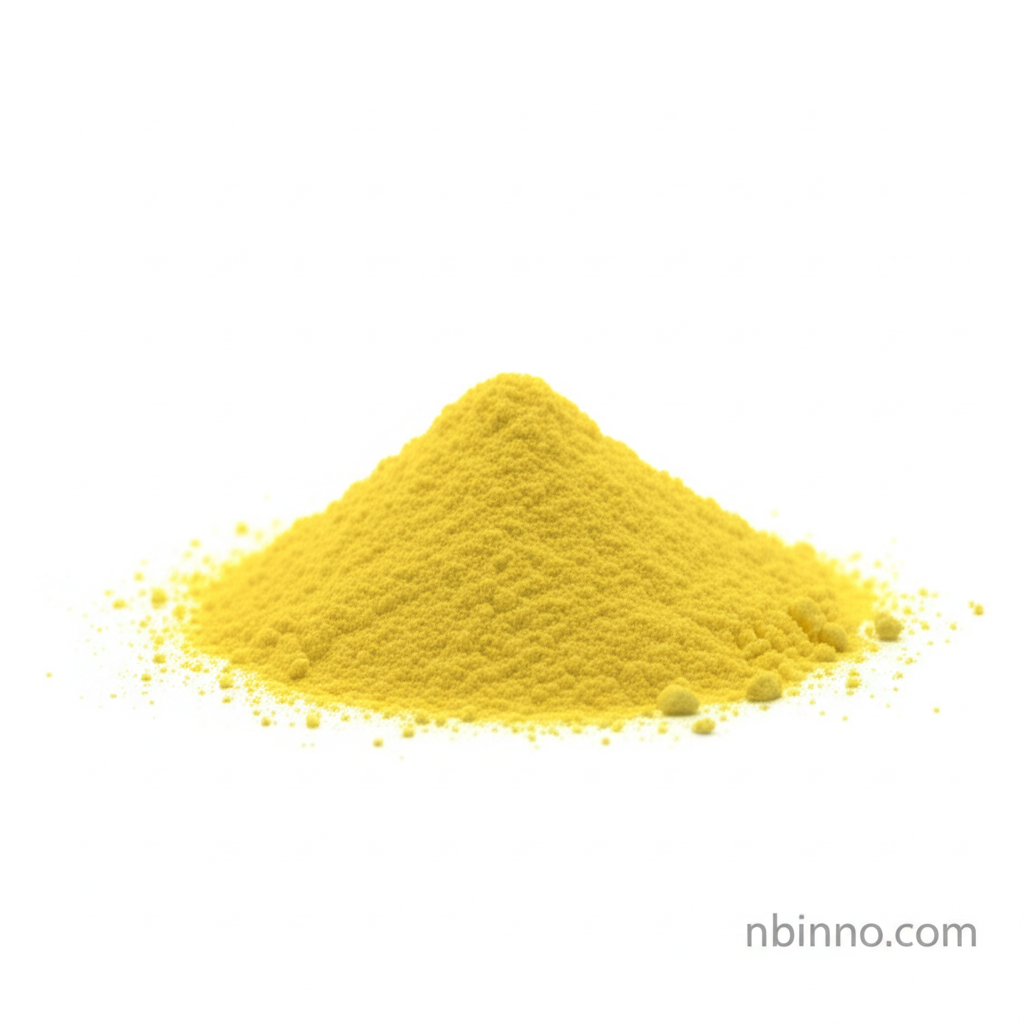Unlock the Potential of 2-Bromo-3-thiophenecarboxylic Acid: A Versatile Building Block for Innovation
Discover the key applications and advantages of this vital chemical intermediate in modern research and development.
Get a Quote & SampleProduct Core Value

2-Bromo-3-thiophenecarboxylic acid
This aromatic carboxylic acid is an indispensable tool for chemists, acting as a crucial building block in the synthesis of a wide array of biologically active molecules and advanced materials. Its unique structure facilitates intricate chemical reactions.
- A Key intermediate for complex molecules: Researchers leverage the synthesis of thiophene derivatives, important in developing new materials and pharmaceuticals.
- Enhanced reactivity due to bromine substituent: Used in the creation of biologically active compounds, particularly in drug design targeting specific diseases.
- Stable and soluble thiophene ring structure: Explored for its potential in organic semiconductors, contributing to advancements in flexible electronics and solar cells.
- Versatile for cross-coupling and functionalization: Plays a role in the formulation of pesticides and herbicides, enhancing agricultural productivity.
Advantages Offered by the Product
Accelerated Synthesis
Leverage this compound's unique structure for the synthesis of various thiophene derivatives, vital in developing new materials and pharmaceuticals.
Enhanced Molecular Design
Utilize its bromine substituent to modify biological pathways, proving essential in the creation of biologically active compounds for drug development.
Advanced Material Development
Explore its potential in organic semiconductors, driving progress in flexible electronics and solar cells through innovative material science.
Key Applications
Synthetic Chemistry
A cornerstone for the synthesis of various thiophene derivatives, crucial for novel materials and pharmaceutical research.
Pharmaceutical Development
Essential in creating biologically active compounds, aiding in the design of drugs that target specific diseases.
Organic Electronics
Investigated for its role in organic semiconductors, pushing boundaries in flexible electronics and solar cell technology.
Agrochemicals
Contributes to the formulation of pesticides and herbicides, aiming to boost agricultural yields with minimized environmental impact.
